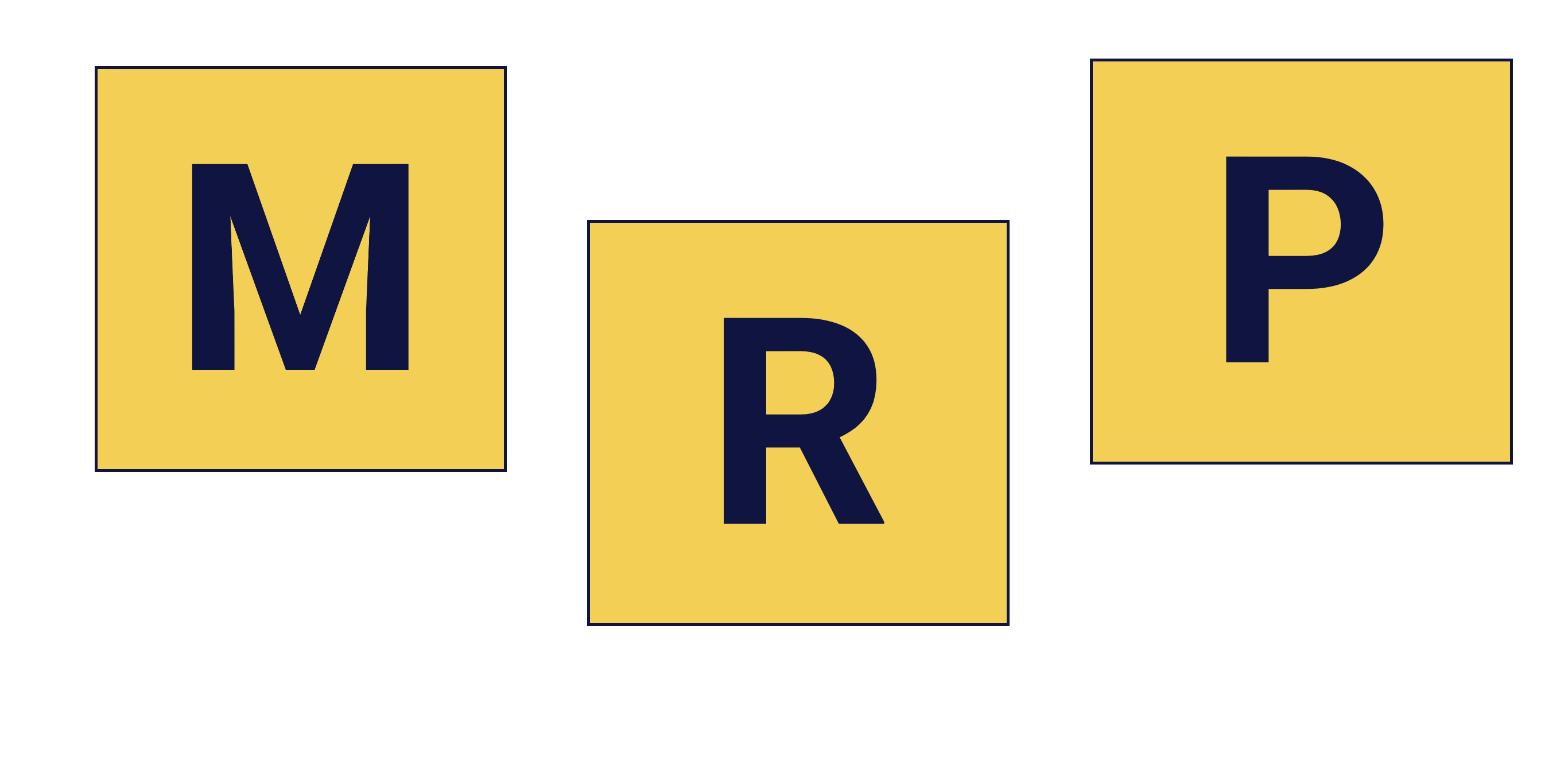Production Planning & Scheduling
Why Digital Transformation in Production Planning Is No Longer Optional
In today's fast-paced manufacturing environment, flexibility is everything. Customers expect shorter lead times, customized products, and flawless service. To meet these demands, businesses need to streamline their production processes — and relying on manual tools or spreadsheets simply won’t cut it anymore. The future of production planning lies in digitalization, and here’s why your business can't afford to ignore it.
The future of production planning is digital
The Limits of Traditional Planning
For years, Excel has been the go-to tool for production planning. It’s simple, familiar, and useful for basic tasks. However, as businesses grow and production becomes more complex, the limitations of manual planning start to show. When you have to manage multiple variables like material availability, production sequences, capacity constraints, and unexpected changes (like a rush order or last-minute staffing issues), manual systems can slow you down.
This is where digital tools shine. Smart planning solutions, like our Checkmate platform, allow companies to break through the complexities of modern manufacturing. With the help of AI-driven algorithms, you can manage fluctuating variables in real time, improve decision-making, and optimize processes without increasing the workload for your planners.
Why Digital Planning Is the Future
Staying competitive means being able to react swiftly to changes in demand. Digital planning solutions make this possible. But the benefits extend far beyond just keeping up with customer orders:
-
-
-
-
- Unlock Hidden Capacity: One of the most common issues in manufacturing is underutilized capacity. With a digital tool, you can gain real-time insights into how your production lines are performing and where you can make adjustments. This optimization could boost your production capacity by 10-15%, as we’ve seen in real-world cases like Saverglass, where machine utilization increased by 15%.
- Enhance Reliability: Missed deadlines or delayed orders can cost your business credibility. Digital tools not only allow you to plan more accurately but also to adjust instantly when unexpected disruptions occur, like a supplier delay or equipment breakdown. With better visibility into your production process, your service levels — and your customer satisfaction — will soar.
- Boost Planner Efficiency: When planners spend hours manually creating schedules, they lose time that could be spent on higher-level strategic decisions. Digital solutions automate many of the repetitive tasks, allowing planners to focus on fine-tuning processes rather than firefighting daily issues. This results in faster, smarter decision-making and less stress for your team.
- Unlock Hidden Capacity: One of the most common issues in manufacturing is underutilized capacity. With a digital tool, you can gain real-time insights into how your production lines are performing and where you can make adjustments. This optimization could boost your production capacity by 10-15%, as we’ve seen in real-world cases like Saverglass, where machine utilization increased by 15%.
-
-
-
How to Start Your Digital Journey
Moving to a fully digital planning system doesn’t have to happen overnight. The key is to take gradual steps that prepare your organization for a more automated future. Begin by mapping your current planning processes and ensuring that your master data is clean and accurate. Establish clear KPIs that reflect what you want to achieve in terms of efficiency, capacity, and reliability.
Once those foundations are in place, you can begin integrating digital tools to improve your processes step by step. The benefits of doing so are too significant to ignore. With a modern planning tool, you’re not just solving today’s problems — you’re future-proofing your business.
The Bottom Line: Digital Is the New Standard
In today’s rapidly evolving market, sticking to old-school planning methods will leave your business struggling to keep up. Digital planning isn’t just about efficiency; it’s about giving your business the agility to respond to new challenges and customer demands. Those who embrace digitalization in their production planning will lead the way — while those who don’t will fall behind.
The future of production planning is digital. Is your business ready to make the leap? Read our whitepaper for more inspiration.


